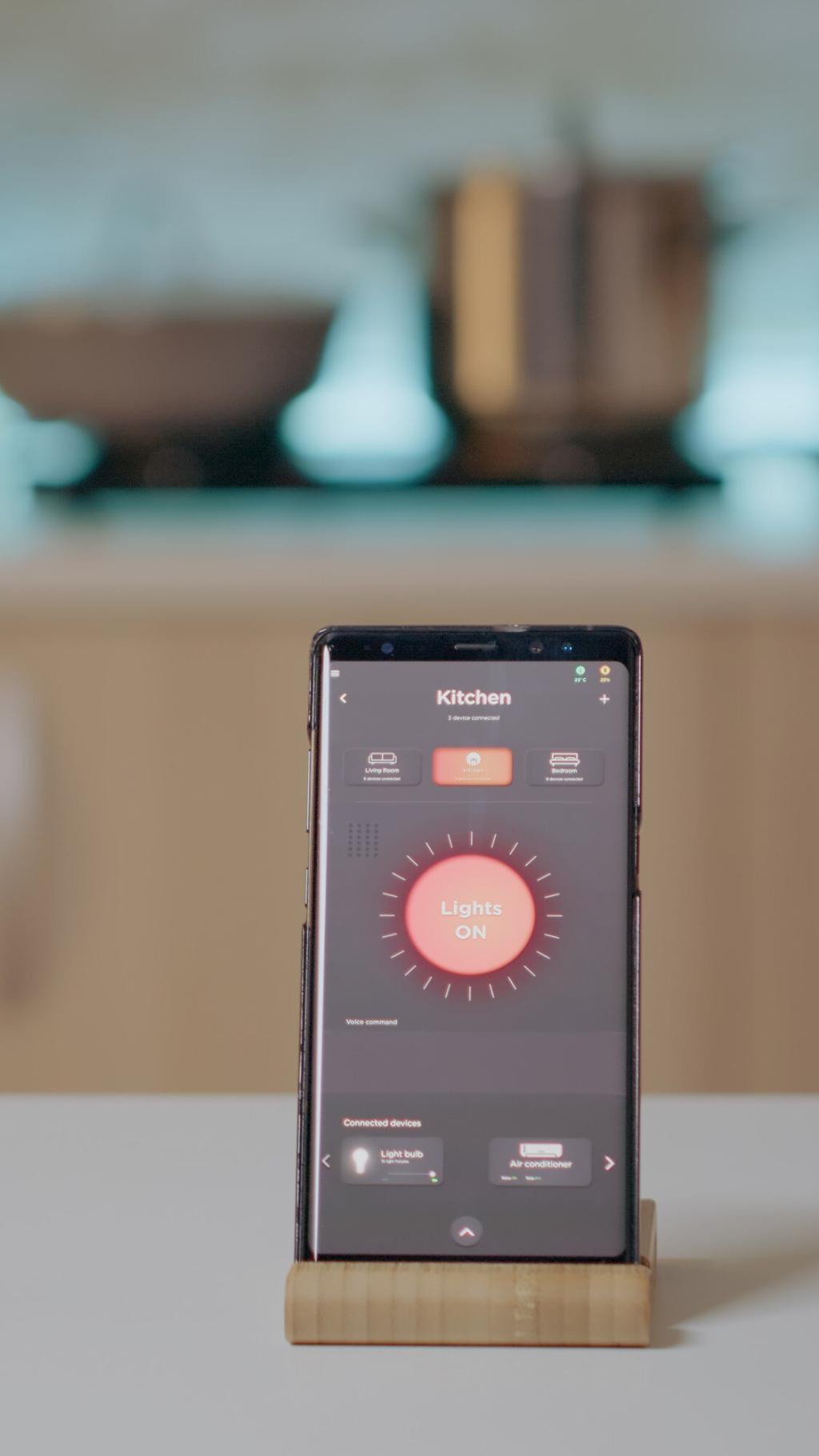
Impact of AI in Home Automation
The integration of artificial intelligence into home automation has dramatically transformed how we interact with our living spaces. AI-driven technologies no longer represent the future; they are now an essential part of today’s smart homes, optimizing everyday tasks, enhancing security, improving energy efficiency, and delivering highly personalized experiences. This evolution is not only about convenience but also about sustainability, safety, and smarter resource management. As AI continues to evolve, its influence on home automation grows deeper, reshaping domestic life and setting new standards for comfort and connectivity.
The Evolution of Smart Homes
Early Automation to Intelligent Living
In the early days, home automation primarily involved basic programmable thermostats and lighting timers, designed to provide marginal convenience and energy savings. Today, with AI at the helm, homes use machine learning algorithms to analyze daily routines, temperature preferences, and even adjust lighting based on natural circadian rhythms. The shift from manual control to intelligent living has redefined what it means for a home to be smart. Adaptive schedules, responsive controls, and proactive systems now characterize this new era, offering unprecedented comfort and customization. Such systems continuously learn and evolve, ensuring that the user’s experience becomes more seamless and individually tailored over time.
AI as the Nervous System
Artificial intelligence acts as the nervous system of contemporary home automation, connecting disjointed devices into a harmonious ecosystem. While traditional automation relied on simple triggers and predefined scripts, AI interprets a multitude of sensory inputs, extracting context and nuance for more effective decision-making. This intelligence orchestrates lighting, climate, entertainment, and security settings with a single cohesive logic, enhancing efficiency and coherence. The result is a living environment that feels intuitive, almost instinctual, anticipating needs and responding in real-time to subtle shifts in activity or occupancy, all while minimizing unnecessary interventions and manual input.
A New Standard for Modern Lifestyles
Modern lifestyles demand flexibility, efficiency, and reliability, setting high expectations for home technology. AI in home automation sets a new standard by offering hands-free control, seamless integration, and always-on adaptability. The technology not only meets the demands of busy households but anticipates them, ensuring that comfort, safety, and efficiency are never compromised. This transformation goes beyond gadgets or voice commands; it represents a philosophy of smart living that empowers homeowners, making advanced technologies approachable and indispensable in daily life.

Previous
Next
Personalization and Adaptive Learning
At the core of AI-powered home automation is the ability to learn and predict user patterns. Systems collect and analyze data on everything from when the coffee machine is used to preferred room temperatures during different times of day. Over time, AI discerns patterns and predicts occupant needs with increasing accuracy. For instance, lighting fades to a desired ambiance as evening approaches, or music playlists change according to the user’s activity—studying, cooking, relaxing. The home begins to act proactively, creating seamless interactions that reduce the need for manual control while enhancing comfort and satisfaction.
Energy Efficiency and Sustainability
AI systems revolutionize energy management in homes by forecasting usage, monitoring consumption, and making autonomous decisions to reduce waste. By analyzing usage histories, external weather, and inhabitant behaviors, these systems optimize heating, cooling, and appliance operations. For example, they might pre-cool a home in anticipation of a hot day, then scale back energy-intensive devices during peak hours. This not only cuts costs but also supports sustainability goals by minimizing unnecessary energy expenditure. Over time, these incremental gains compound, leading to substantial environmental benefits and making smart homes powerful contributors to a greener future.
Previous
Next
Enhanced Home Security
Smarter Surveillance and Monitoring
Traditional security cameras provided basic recording capabilities, but AI-powered surveillance introduces advanced features such as facial recognition, activity tracking, and anomaly detection. Modern systems learn to distinguish between residents, visitors, pets, and potential intruders, reducing false alarms and improving response accuracy. AI can flag suspicious behavior, alert homeowners in real-time, and provide detailed video analysis for law enforcement. This heightened intelligence turns homes into vigilant environments that can reliably detect and respond to threats, setting a new standard for proactive, user-friendly security.
Real-Time Threat Response
AI secures homes not just through detection, but also with immediate response mechanisms. When sensors identify unusual activity—such as forced entry or fire—AI initiates a multi-layered response, from sounding alarms and locking doors to contacting emergency services automatically. These systems can prioritize alerts based on context, like distinguishing between a window accidentally left open and a break-in attempt. Through streamlined, context-sensitive actions, AI-driven security can reduce response times and improve the coordination with emergency protocols, ensuring that every second counts in a crisis.
Predictive and Preventative Insights
Beyond merely reacting to incidents, AI powers predictive and preventative security strategies. It analyzes historical data and environmental cues to anticipate potential vulnerabilities, such as doors frequently left unlocked or patterns that might signal increased risk of burglary. The system proactively recommends security enhancements or schedules maintenance checks before problems arise. This approach moves home security from a passive, reactive posture to an active, preventative stance, safeguarding people and property through anticipation and timely intervention. The result is a home environment that doesn’t simply wait for threats, but actively works to prevent them.
Seamless Integration and Interoperability
Homes today feature a fascinating medley of smart gadgets—from lights and locks to TVs and thermostats—often sourced from different brands and ecosystems. AI provides the connective tissue that enables these devices to communicate with each other, transcending manufacturer boundaries. Through intelligent protocols and APIs, AI systems centralize control, coordinating the behavior of devices so they work as a coherent whole. This unification minimizes user confusion, reduces setup complexity, and delivers a frictionless, integrated experience, transforming isolated gadgets into a dynamic, interconnected environment.

Accessibility and Inclusivity

Empowering Independence for All
People with limited mobility or dexterity can find traditional household tasks challenging, but AI-powered automation offers newfound independence. With smart voice commands, gesture recognition, and personalized routines, residents can control lighting, appliances, and security effortlessly. AI adapts interfaces to the user’s abilities, ensuring technology remains helpful rather than a hindrance. Automated reminders for medication, scheduled routines for daily activities, and responsive emergency alarms provide crucial support, augmenting independence and dignity while reducing reliance on caregivers.

Customizable Interfaces
No two users have identical needs, and AI-driven home systems excel at offering customizable user interfaces. From adjusting screen display sizes to interpreting sign language or enabling eye-tracking for control, AI can personalize the interaction methods based on individual requirements. This flexibility ensures that everyone—regardless of age or physical ability—has a home environment attuned to their strengths and preferences. As AI learns and adapts, it continues to fine-tune these interaction points, making smart homes both more accommodating and more intuitive over time.

Bridging Language and Literacy Gaps
Language and literacy barriers can make it difficult for some users to navigate conventional technology menus, but AI-powered homes can bridge these gaps. Multilingual natural language understanding, context-aware prompts, and visual or auditory cues enable smooth communication and control, regardless of the user’s primary language or reading ability. AI interprets intent rather than relying strictly on specific phrases or complex instructions, making the smart home inclusive and approachable for residents and visitors from all backgrounds. This commitment to accessibility strengthens communities and makes the benefits of home automation available to a wider population.
Protecting Personal Information
AI-driven home systems excel at collecting data to personalize and optimize experiences, but this data often includes sensitive information about routines, preferences, and behaviors. To preserve privacy, these systems must implement strong encryption, anonymization, and secure storage protocols. AI algorithms now frequently operate locally (on-device) to minimize data exposure, ensuring that personal information remains under the homeowner’s control. Transparent data usage policies and granular consent settings empower users to make informed decisions about their privacy.
Detecting and Responding to Threats
AI is also a formidable tool for enhancing cybersecurity within the smart home. As cyberattacks become more sophisticated and devices more interconnected, AI-driven security platforms monitor network activity, identify anomalies, and respond rapidly to potential intrusions. These systems analyze behavioral data, spotting deviations from normal operation that might signal a compromise. Upon detecting a threat, AI can isolate vulnerable devices, alert homeowners, and even apply automated patches or restrictions. The continuous learning capability of AI ensures that these defenses adapt to new threat vectors, offering resilient protection for sensitive household data.
Balancing Personalization and Privacy
AI thrives on data, but too much access can undermine user trust. Striking a balance between advanced personalization and user privacy is essential. Progressive AI-driven systems allow users to selectively share data, setting boundaries that maintain comfort and security. Ongoing enhancements to privacy-preserving technologies, like federated learning or differential privacy, allow systems to improve and adapt while minimizing individual exposure. This thoughtful balance ensures that smart homes remain both incredibly useful and deeply respectful of each occupant’s right to privacy.
